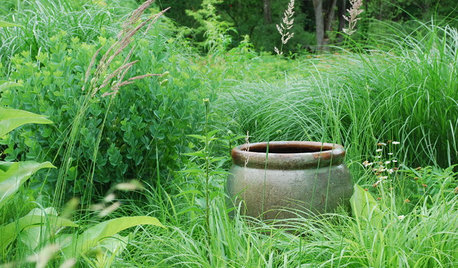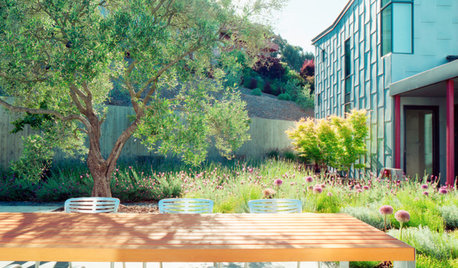greatest unanswered mysteries of fruit trees
alan haigh
11 years ago
Related Stories

GARDENING GUIDES5 Invaluable Life Lessons From the Garden
The garden is both teacher and healer. Don't be afraid — dig in and reap the benefits
Full Story
LANDSCAPE DESIGNGardening for Happy Kids
Foster creativity, self-esteem and more by designing your landscape with a sense of discovery
Full Story
EXTERIORSWhere Front Yards Collide: Property Lines in Pictures
Some could be twins; others channel the Odd Couple. You may never look at property boundaries the same way again
Full Story
HOUSEPLANTS8 Essentials for Healthy Indoor Plants
Houseplants add so much to our homes — and can thrive when grown in the right conditions. Keep these tips in mind
Full Story
SAVING WATER11 Ways to Save Water at Home
Whether you live in a drought-stricken area or just want to help preserve a precious resource, here are things you can do to use less water
Full Story
FEEL-GOOD HOMESimple Pleasures: 10 Ideas for a Buy-Less Month
Save money without feeling pinched by taking advantage of free resources and your own ingenuity
Full Story
SELLING YOUR HOUSEHow to Stage Your Kitchen for a Home Sale
Attract buyers with a kitchen that’s clean, bright and welcoming — no expensive overhaul required
Full StoryMore Discussions








budbackeast
franktank232
Related Professionals
Foothill Ranch Landscape Architects & Landscape Designers · Grand Haven Landscape Architects & Landscape Designers · Lake Oswego Landscape Architects & Landscape Designers · Forest City Landscape Architects & Landscape Designers · Bethlehem Landscape Contractors · Gainesville Landscape Contractors · Cudahy Landscape Contractors · Lake Zurich Landscape Contractors · Metairie Landscape Contractors · Painesville Landscape Contractors · Rancho Santa Margarita Landscape Contractors · Tehachapi Landscape Contractors · View Park-Windsor Hills Landscape Contractors · Westchester Landscape Contractors · North Aurora Landscape Contractorsfranktank232
User
kokopelli5a
johnthecook
alan haighOriginal Author
Bradybb WA-Zone8
scaper_austin
alan haighOriginal Author
mrsg47
Kippy
alan haighOriginal Author
maryhawkins99
mrsg47
Scott F Smith
alan haighOriginal Author
Randy31513
alan haighOriginal Author
ramble
User
swvirginiadave
alan haighOriginal Author
User
mrsg47
alan haighOriginal Author
scaper_austin
alan haighOriginal Author
Molex 7a NYC
alan haighOriginal Author
olpea
blazeaglory
alan haighOriginal Author
alan haighOriginal Author
User
mrsg47
alan haighOriginal Author
mrsg47
alan haighOriginal Author